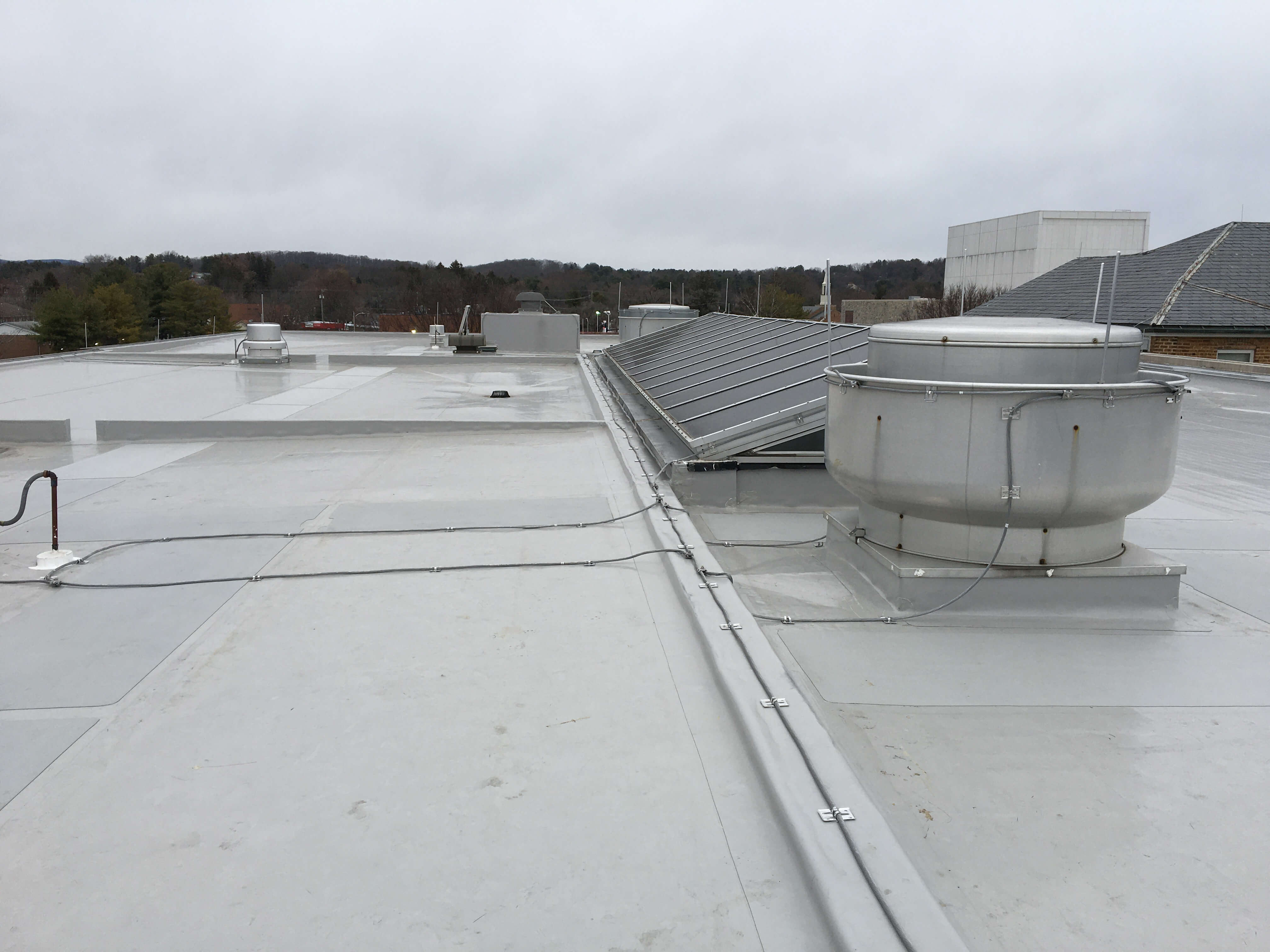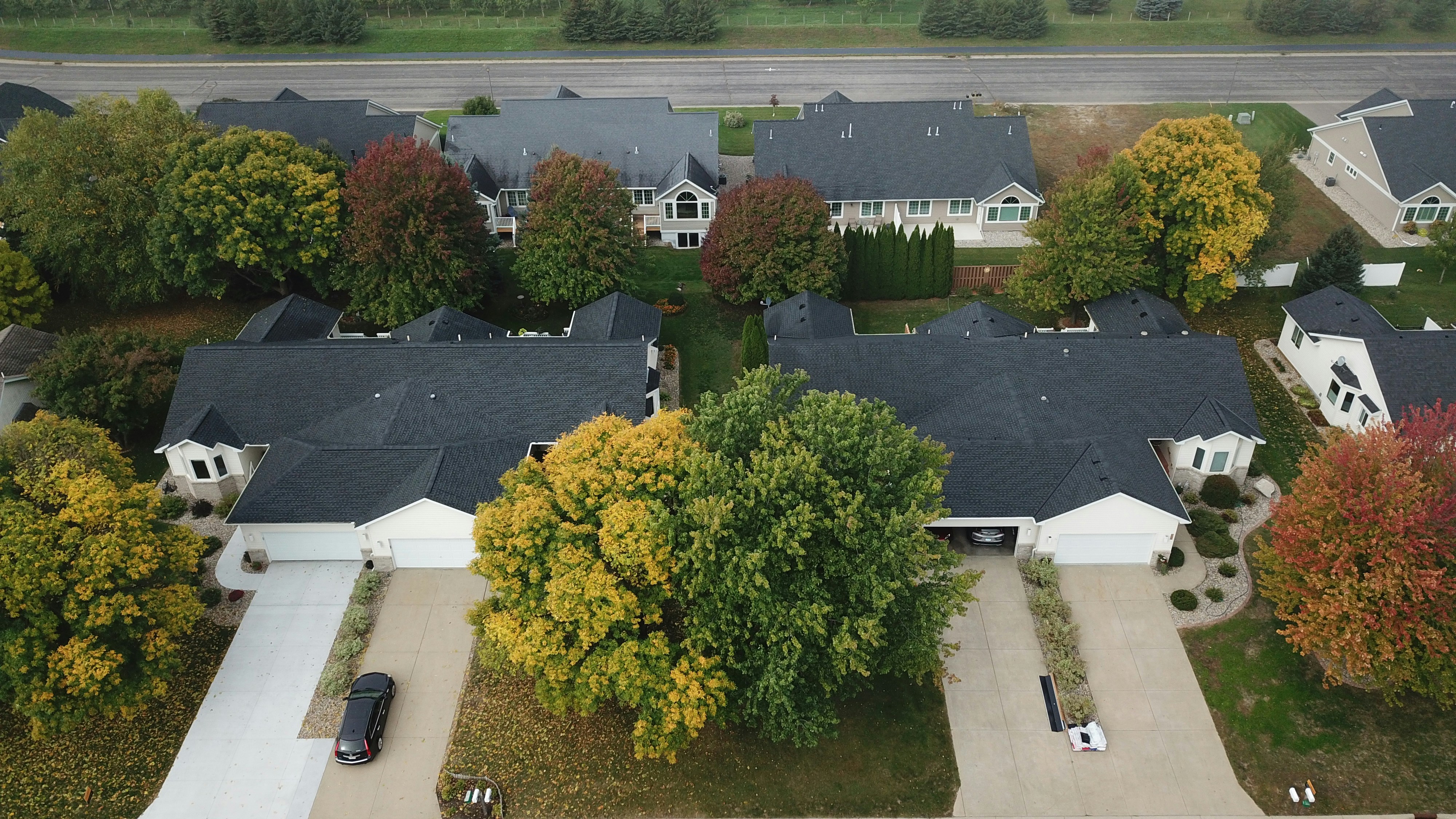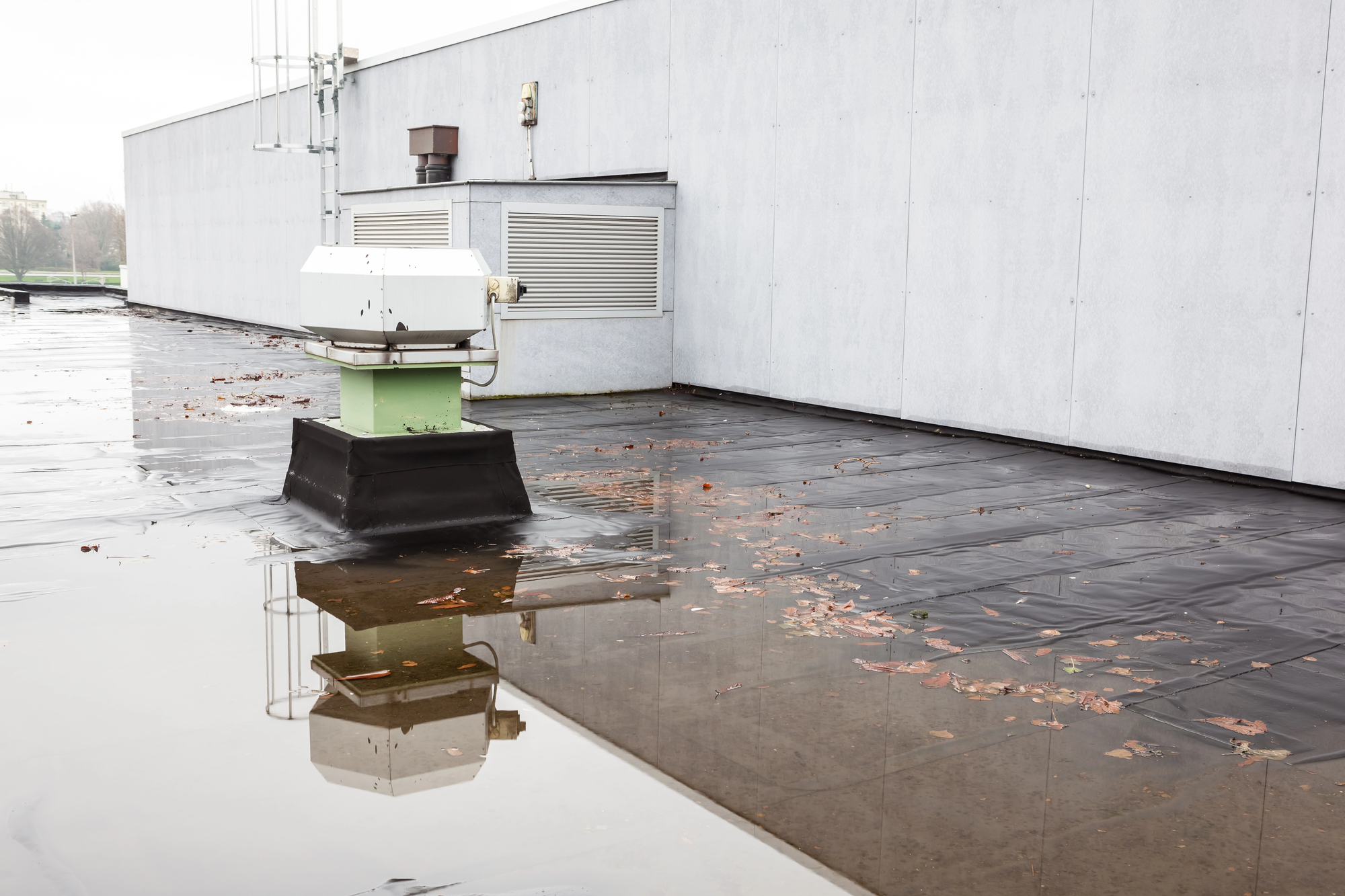The Lifecycle of a Commercial Roof: What to Expect at Every Stage

When it comes to managing a commercial building, the roof often doesn’t get much attention—until there’s a problem. But the reality is, a commercial roof isn’t a “set it and forget it” asset. Like any major building system, it moves through predictable phases over time, and knowing what to expect at each stage is key to protecting your investment.
Planning for the entire lifecycle of your roof doesn’t just reduce surprises—it saves money, reduces risk, and helps you budget smarter for the years ahead. Whether you oversee a single property or an entire portfolio, understanding your roof’s timeline puts you ahead of costly repairs or unexpected failures.
At Reliance Roofing, we’ve worked with facility managers, building owners, and architects across the Mid-Atlantic to help them make proactive decisions about their roofing assets. Below, we break down what you can expect from your commercial roof at every stage of its life—and how to make sure you’re getting the most from it.
The 5 Key Stages of a Commercial Roof’s Lifecycle
Every commercial roof, no matter the material or system, follows a general lifecycle. The exact timeline may vary, but the phases are consistent. Here’s a high-level look at what those stages typically include:
- Design & Installation
- Early-Use Period (0–5 years)
- Mid-Life Maintenance (5–15 years)
- Pre-Failure Monitoring (15–25 years)
- Re-Roof or Replacement Phase
Let’s take a closer look at what happens during each phase—and what proactive steps can help extend the lifespan of your roof.
1. Design & Installation: Laying the Foundation for Performance
The lifecycle of a commercial roof begins well before the first sheet of membrane is installed. Decisions made during design and installation set the stage for how well that roof will perform over the next 20, 30, or even 40 years.
Everything from the roofing system selected to drainage design, insulation type, and flashing details plays a role in long-term durability. Poor installation quality is one of the leading causes of premature roof failure—something we’ve seen firsthand when we’re called in to troubleshoot roofs installed by low-bid contractors who cut corners.
At Reliance Roofing, we focus on installation precision, certified crews, and on-site quality checks to give your roof the best possible start. Getting it right the first time avoids years of headaches later.
Learn more about our roofing systems
2. Early-Use Period (0–5 Years): Settling In
The first few years after installation are typically the quietest in a roof’s life. There shouldn’t be leaks or significant problems if the installation was done properly. But this doesn’t mean you can skip inspections.
The early years are when subtle issues — like membrane wrinkles, minor ponding, or early flashing wear — can be caught and corrected before they escalate. An annual inspection in these first five years is a smart, low-cost way to lock in the roof’s performance trajectory.
This phase also gives you a chance to establish a maintenance log and photo documentation, setting a baseline for what “normal” looks like on your roof.
Explore our Roof Inspection & Maintenance programs
3. Mid-Life Maintenance (5–15 Years): The Make-or-Break Phase
Between years five and fifteen, a commercial roof enters what we call “the make-or-break phase.” This is when exposure to UV rays, temperature swings, rooftop equipment servicing, and foot traffic begin to show.
A roof left unchecked during this period will almost always deteriorate faster than one that’s maintained proactively. Seams may begin to open. Flashings can degrade. Drainage paths may clog. Small punctures or membrane wear can go unnoticed until water finds its way in.
The good news? Targeted maintenance during this phase can extend the roof’s life by years — and sometimes by decades. Regular inspections, cleaning, seam sealing, and minor repairs go a long way toward keeping the system watertight and delaying major capital expenses.
We tell clients, “Every dollar spent on mid-life maintenance saves you three down the road.” And the data backs it up.
Learn how we help building owners extend roof life
4. Pre-Failure Monitoring (15–25 Years): Staying Ahead of Decline
As a roof approaches the 15–25 year mark, depending on the system, it moves into a critical monitoring phase. This doesn’t mean it’s destined to fail — but it does mean materials are aging, seals are weakening, and the risk of leaks increases with every storm season.
During this phase, we recommend a mix of visual inspections and non-invasive testing (like infrared moisture scans) to monitor what’s happening beneath the surface. Small issues caught here can still be patched; missed problems could accelerate deterioration.
If you’ve been maintaining your roof all along, this phase buys you valuable time to plan for replacement without urgency. If maintenance has been deferred, you may be looking at more reactive repairs or emergency fixes.
Either way, the goal is to stay ahead of problems and start budgeting for replacement before performance impacts tenants or operations.
5. Re-Roof or Replacement: Starting the Cycle Anew
No commercial roof lasts forever. Even the best-maintained systems eventually reach the end of their service life. When replacement becomes unavoidable, the process is much smoother — and often more cost-effective — if it’s planned, not reactive.
We work with clients to evaluate:
- Ongoing repair costs vs. replacement costs
- Warranty status
- Energy performance declines
- Moisture intrusion risks
- Structural capacity for re-cover options
Sometimes, a strategic re-cover can buy additional years; other times, a full tear-off and replacement is the wiser investment. Either way, the earlier you start planning, the better positioned you’ll be to avoid disruption.



